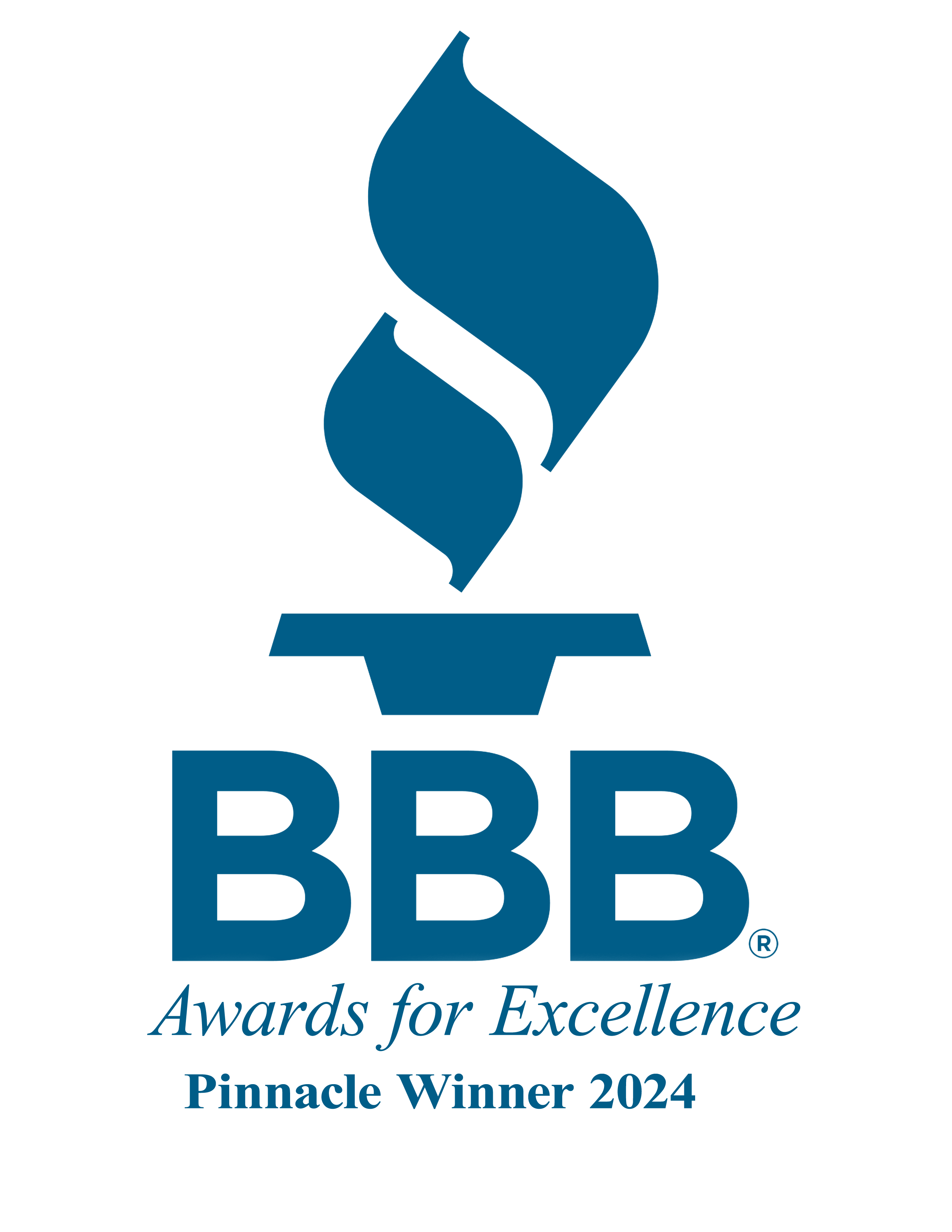Starting a Business Later in Life
By James Barrera

Before moving forward put together a business plan. It’s not necessary to expend a lot of time on this document, as long as you can clearly state your intended strategy and clearly define the scope of your intended sales, marketing, and financing efforts.
Starting a business at any age can be a daunting experience, but doing so after age 50 offers its own challenges and opportunities. The risk factor is as high as it is for a business owner of any age. On the other hand, you have a depth of experience and knowledge that is not present in most budding 25-year entrepreneurs.
If you are considering a startup of some kind in your fifties or later be sure you can answer the following questions.
Are you prepared?
This is no time to jump into the marketplace just to see what happens. If you think you have a great business idea then test it against a thorough market analysis. You need to know who your potential competitors and customers are, but even more critically, if there’s likely to be a genuine demand for your product or service.
Before moving forward put together a business plan. It’s not necessary to expend a lot of time on this document, as long as you can clearly state your intended strategy and clearly define the scope of your intended sales, marketing, and financing efforts.
Do you have passion?
For business owners aged 50 and older, there is no getting around a simple fact: you’re just not as young as you used to be. Starting a business requires the stamina to put in many long hours upfront. Not everyone can meet the physical demands of hard work and lack of sleep. You must have passion for this new business. Making money cannot be your sole motivator – since you may not see profits in the early stages.
Have you looked at the costs?
You are going to need start up funds. Whether you put up your hard dollars, obtain a loan for financing, or tap into your retirement funds tax and penalty free you need to find an accountant experienced in new business ventures to realistically assess the likely startup costs. The plus side here is that by age 50 or greater many have managed to put away a substantial amount of money in their 401k/IRA accounts. DRDA’s self-directed 401k program – the BORSA Plan – would give you access to these funds without tax or penalty erosion.
How can you build on your experience?
Starting a business later in life gives you the unique opportunity to draw on a lifetime of experience. By now you have a much better sense of your strengths and weaknesses. Chances are you have also accumulated a network of contact who can help you along the way, either directly or through referrals to people who can help you.
Are you considering business ownership at age 50+? One of our Business Consultants would be happy to offer you a free initial consultation. Give us a call at 281-488-2022.
- Published in ROBS 401(k), ROBS 401k Provider, Small Business, Starting a Business
Guide to Dissolving a Corporation in Texas
By: Bryan Uecker, QPA, QPFC, AIF, AIFA

For many business owners, there may come a time when operating a corporation no longer aligns with their financial or strategic objectives. Whether due to business restructuring, financial challenges, or other factors, following the correct dissolution procedures is essential to avoid legal and financial consequences. At DRDA, LLC, we can help you navigate the complex steps involved in dissolving your corporation.
What is Corporation Dissolution?
Corporation dissolution refers to the formal process of ending a corporation’s legal existence. Dissolution may occur voluntarily, through a decision by the shareholders or board of directors, or involuntarily, by court order in cases of fraud, mismanagement, or failure to comply with state requirements.
In Texas, the Texas Business Organizations Code (BOC) outlines the process for corporation dissolution and termination. By following these guidelines, corporations can avoid liabilities related to unresolved debts and ensure a structured wind-down of business activities.
Steps to Dissolve a Corporation in Texas
Dissolving a corporation in Texas involves several steps and compliance with state laws and regulations. Although specific steps may vary depending on your corporation’s unique circumstances, the general process includes the following:
- Initiate the Dissolution Process
Once you decide to close the corporation, hold a board of directors meeting to formally approve the decision. Two main options exist to begin voluntary dissolution:
– Board of Directors Resolution: Secure a resolution from the board of directors approving the dissolution, and document it in the corporate records.
– Unanimous Shareholder Approval: If required by corporate bylaws, gain unanimous approval from shareholders, either through a vote or written consent. For small businesses, shareholders often also serve as directors, making this step more straightforward. Document this approval in the corporate . - File Articles of Dissolution
Once approval is secured, prepare and file Articles of Dissolution with the Texas Secretary of State to officially notify the state of the corporation’s dissolution. Information required includes the corporation’s name, dissolution date, and a statement affirming that debts and obligations have been addressed. - Conduct the Wind-Up Process
After filing for dissolution, your corporation remains active solely to wrap up its business affairs. During this process, the corporation must:
• Cease business operations except for those necessary for final transactions
• Notify creditors
• Liquidate assets
• Settle outstanding legal matters
• Pay debts, taxes, and liabilities
• Distribute any remaining assets to shareholders - Obtain Tax Clearance
Before completing the dissolution, you must obtain tax clearance from the Texas Comptroller of Public Accounts. This includes paying any outstanding state taxes, filing all required tax returns, and securing a Tax Clearance Letter from the Comptroller’s office. - Notify Creditors
Provide written notice of the dissolution to all known creditors, allowing them a specified timeframe to submit claims against the corporation. - Cancel Business Registrations
Cancel any business registrations, licenses, or permits held by the corporation with state or local authorities to prevent future fees or reporting obligations. - File Final Tax Returns
Complete and file final federal and state tax returns, reporting the corporation’s termination and any capital gains or losses, to ensure compliance with tax obligations.
Following these steps can streamline the dissolution process and help prevent issues. If you’re ready to dissolve your corporation, reach out to the team at DRDA, LLC for expert guidance and support through each phase of the process.
- Published in ROBS 401(k), ROBS 401k Provider, Small Business
IRS Updates: 2025 Contribution and Benefit Limits Released in Notice 2024-80
By: Bryan Uecker, QPA, QPFC, AIF, AIFA

The IRS has announced the 2025 contribution and benefit limits in Notice 2024-80, released on November 1.
Key Contribution Limits for 2025:
- 401(k), 403(b), 457, and Thrift Savings Plans: The standard contribution limit for these plans increases to $23,500, up from $23,000 in 2024.
- Catch-Up Contributions for Ages 50 and Over: The catch-up contribution limit remains at $7,500, allowing individuals aged 50 and older to contribute up to $31,000 across 401(k), 403(b), most 457 plans, and the Thrift Savings Plan.
- Special Catch-Up Contributions for Ages 60 to 63: SECURE 2.0 introduced an additional catch-up provision for individuals ages 60 through 63. In 2025, this special catch-up amount is $11,250 for 401(k), 403(b), and most 457 plans, allowing for a total contribution limit of up to $34,750 for these participants.
- Defined Benefit and Contribution Plans (IRC Section 415): The annual benefit limit for defined benefit plans rises to $280,000 (up from $275,000), and the limit for defined contribution (DC) plans increases to $70,000 (up from $69,000).
Other Key Adjustments:
- Annual Compensation Limits: The maximum compensation considered for qualified plans is now $350,000 (up from $345,000).
- Top-Heavy Plan Key Employee Definition: Limit increased to $230,000 (up from $220,000).
- Highly Compensated Employee Definition: Raised to $160,000 from $155,000.
These 2025 updates, including special catch-up contributions for ages 60-63, provide increased flexibility and savings opportunities for retirement planning.
- Published in ROBS 401(k), ROBS 401k Provider, Small Business, Starting a Business









